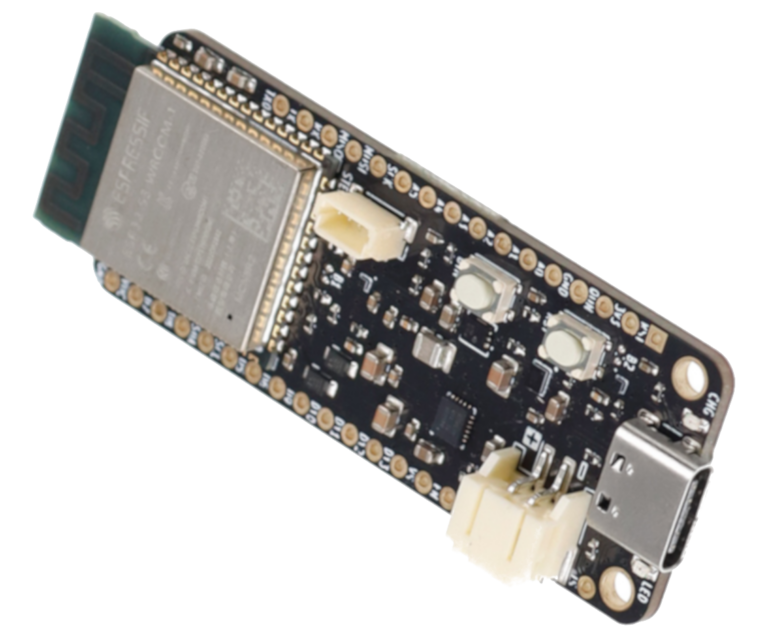
ESP32-S3 PowerFeather
Low power, solar capable, Li-ion/LiPo powered IoT development board in a Feather-compatible format.
Also available: PowerFeather ProtoWing and PowerFeather Solar Panel
Why PowerFeather?
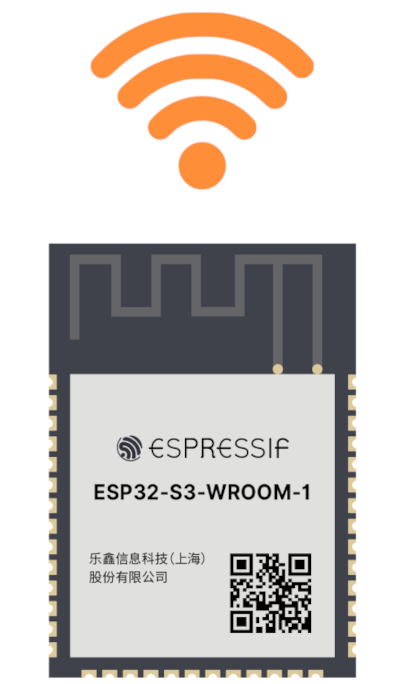
Powerful Brains + Connectivity
PowerFeather features an Espressif ESP32-S3 module at its core. This module has a speedy dual-core processor, tons of flash and RAM, a rich set of peripherals, and built-in 2.4 GHz Wi-Fi and Bluetooth 5 LE. This makes PowerFeather great for building your IoT projects with!
Dual-core 32-bit Processor
SPI Flash for Program and Data
PSRAM + 512 KB Internal SRAM
Portable / Off-Grid Optimized
Building a mobile gadget or a device to be deployed in the middle of nowhere? If so, you’ll most likely need a battery to keep it running even if there is no external power source. Don’t worry though, PowerFeather has you covered! PowerFeather is designed to run off of Li-ion/LiPo batteries and comes with all the bells and whistles for doing so.
Low Power
PowerFeather has thoughtfully designed circuitry and carefully chosen components to minimize quiescent current. As a result, current consumption when the ESP32-S3 is in deep-sleep is under 20 µA! There are even lower-power states with current consumption down to 1.4 µA which can be used in some cases.
To aid in conserving battery power as much possible, PowerFeather has load switches on its two 3.3 V rails to turn off connected modules during low power states.
Controlled Charging
Charging currents of up to 2 A is supported and is configurable from firmware. Since the battery capacity often dictates the charging limit, i.e. a 500 mAh battery is oftentimes only safe to charge up to 500 mA, being able to configure the charging current means that you'll be able to right-size the battery for your application and still charge at optimal speed and safety. Furthermore, charging can be enabled and disabled on-demand.
The charger also has a safety timer and protections for battery overcurrent, overvoltage, undervoltage, and temperature cutoff if using a battery pack with a thermistor.
Battery Monitoring
The onboard fuel gauge allows you to know exactly what percentage of the battery charge is left and how much time until it is empty. When charging, it can also give an estimate how long until the battery is fully charged.
Since batteries age and might not be able to hold as much charge as it used to, it’s useful that the fuel gauge can also give an estimate of the battery health. This enables you to replace a dying battery before it is completely unusable.
Direct Solar Connection
In addition to getting power from USB, it's also possible to get power from an external DC source up to 18 V. This can be your typical wall wart adapter or a solar panel.
If you do use a solar panel, PowerFeather supports setting the MPP (maximum power point) voltage. If set, current draw is automatically regulated to prevent the solar panel output from dipping below the MPP voltage, extracting the most power out of it. It's not quite MPPT, but close!
Extensive Hardware & Software Support
PowerFeather has a companion SDK that gives you access to the power management features such as charging control, battery monitoring, turning load switches on/off, setting MPP voltage, etc. The SDK supports both Arduino and ESP-IDF so you can leverage the libraries, documentation, and community built around these platforms. On the hardware side, PowerFeather is compatible with hundreds of existing Feather Wings and STEMMA QT modules.
All these ready-to-use software and hardware components means that you’ll be able to have your prototype up and running quicker!
- PowerFeather-SDK
+
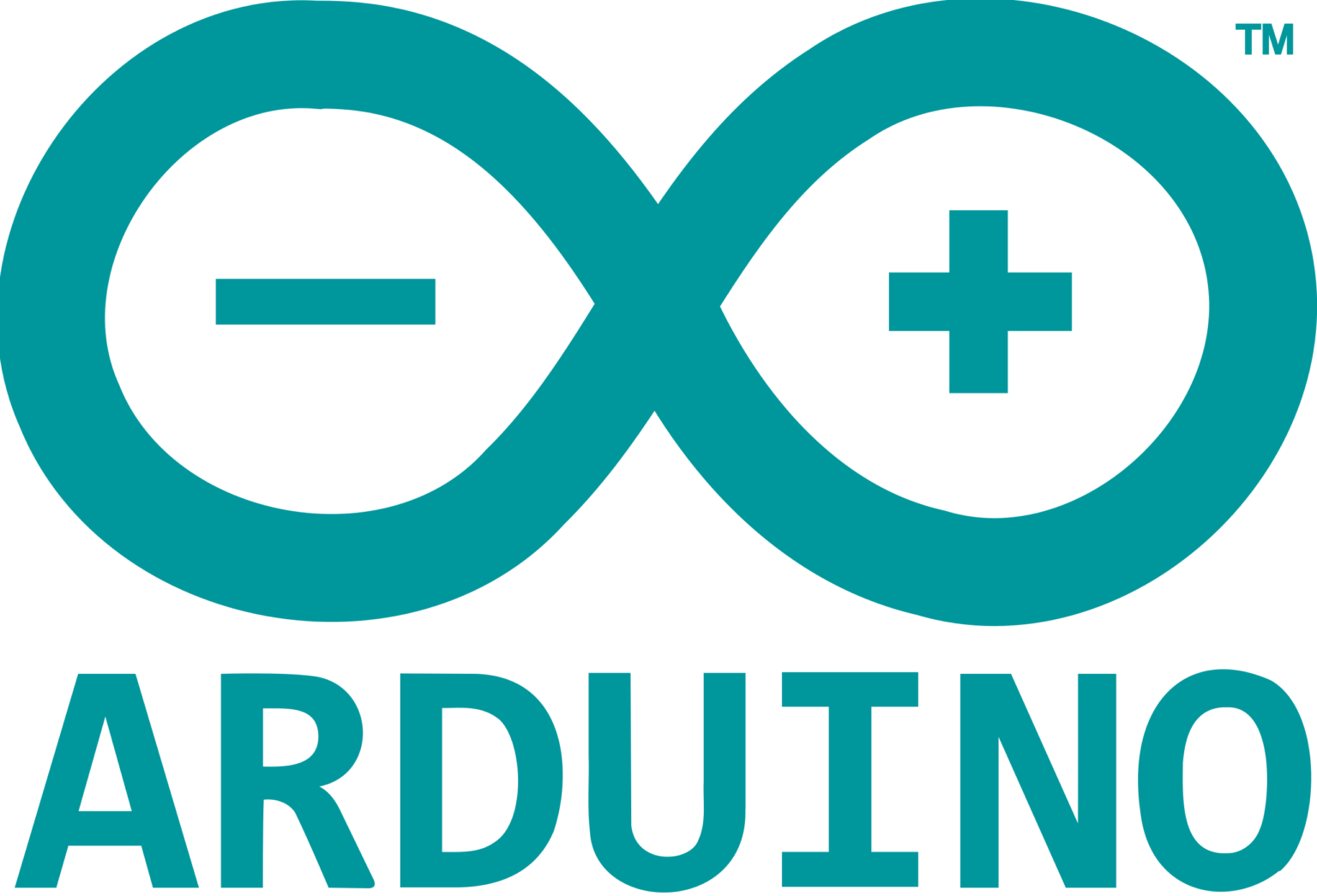
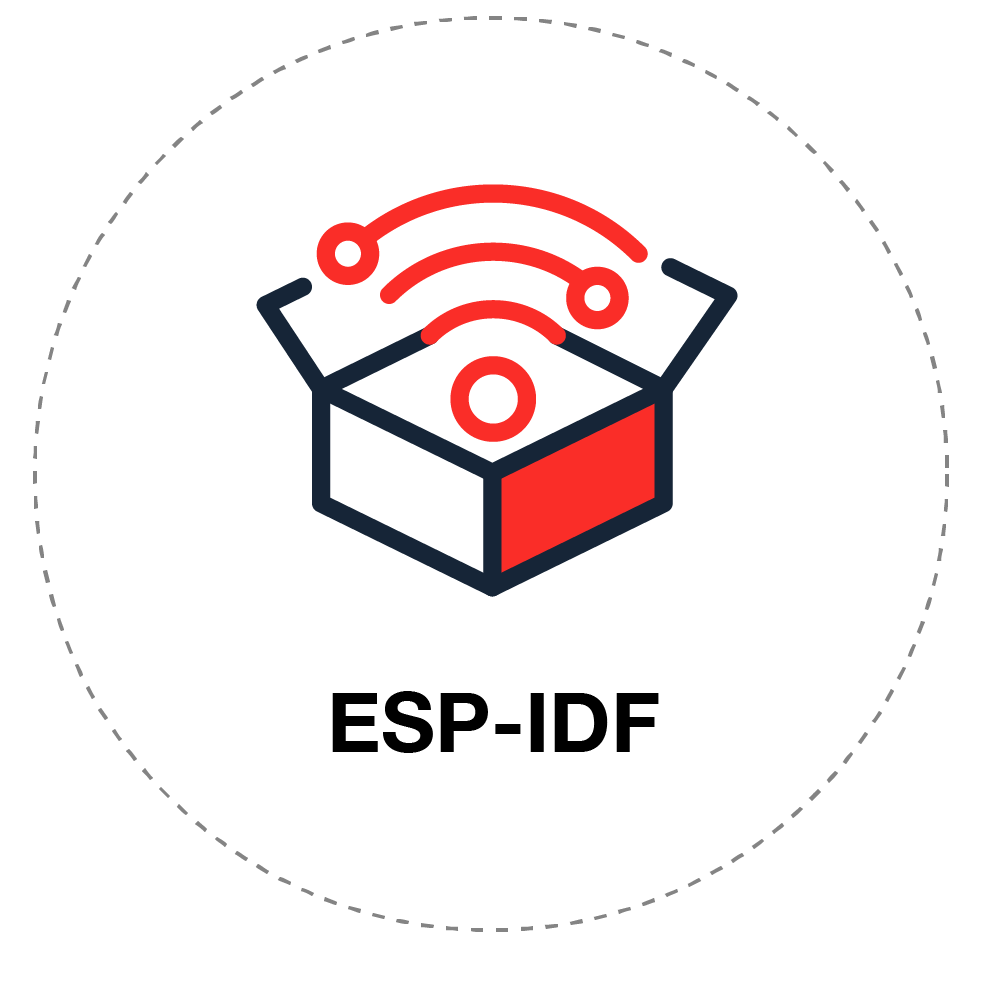
+
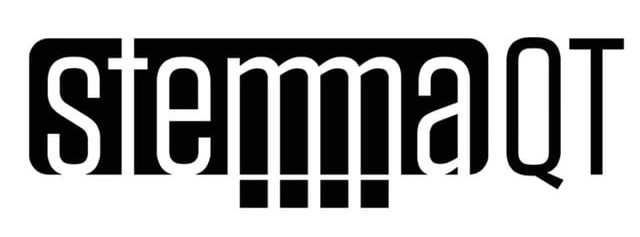

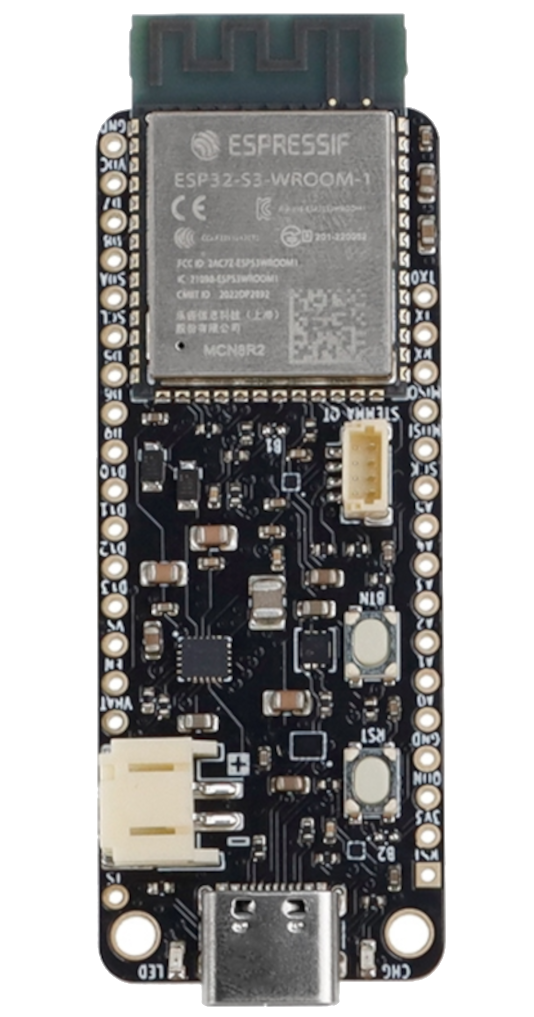
Build your next project with ESP32-S3 PowerFeather.
Throw in a PowerFeather ProtoWing and PowerFeather Solar Panel to enhance your project-building experience!
